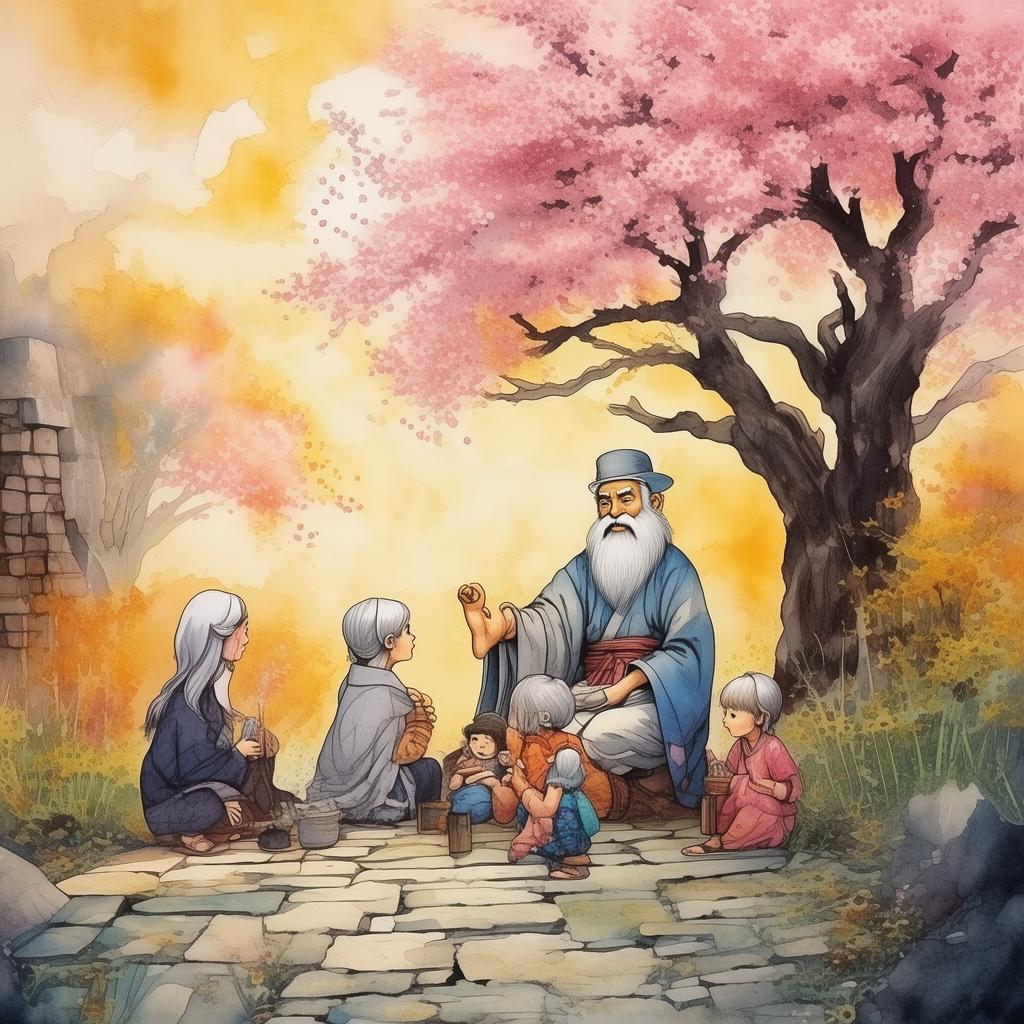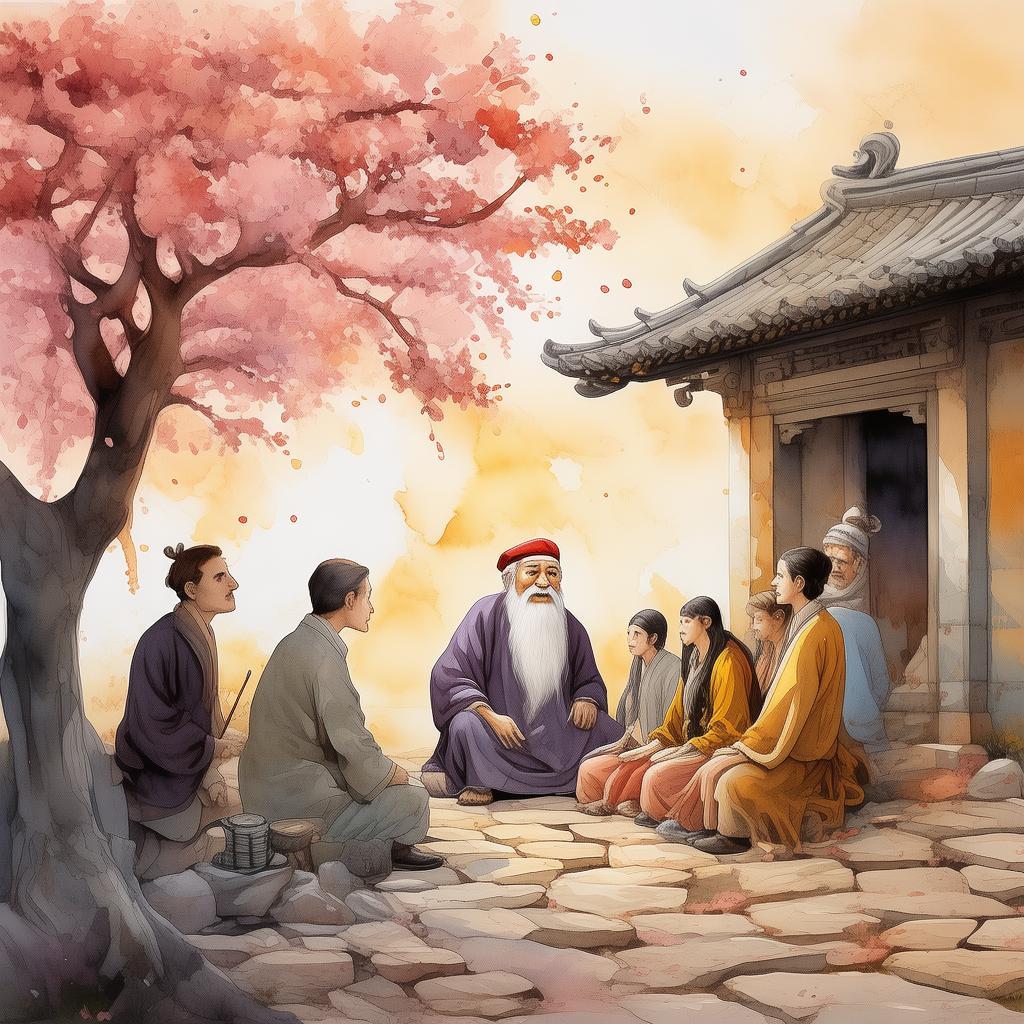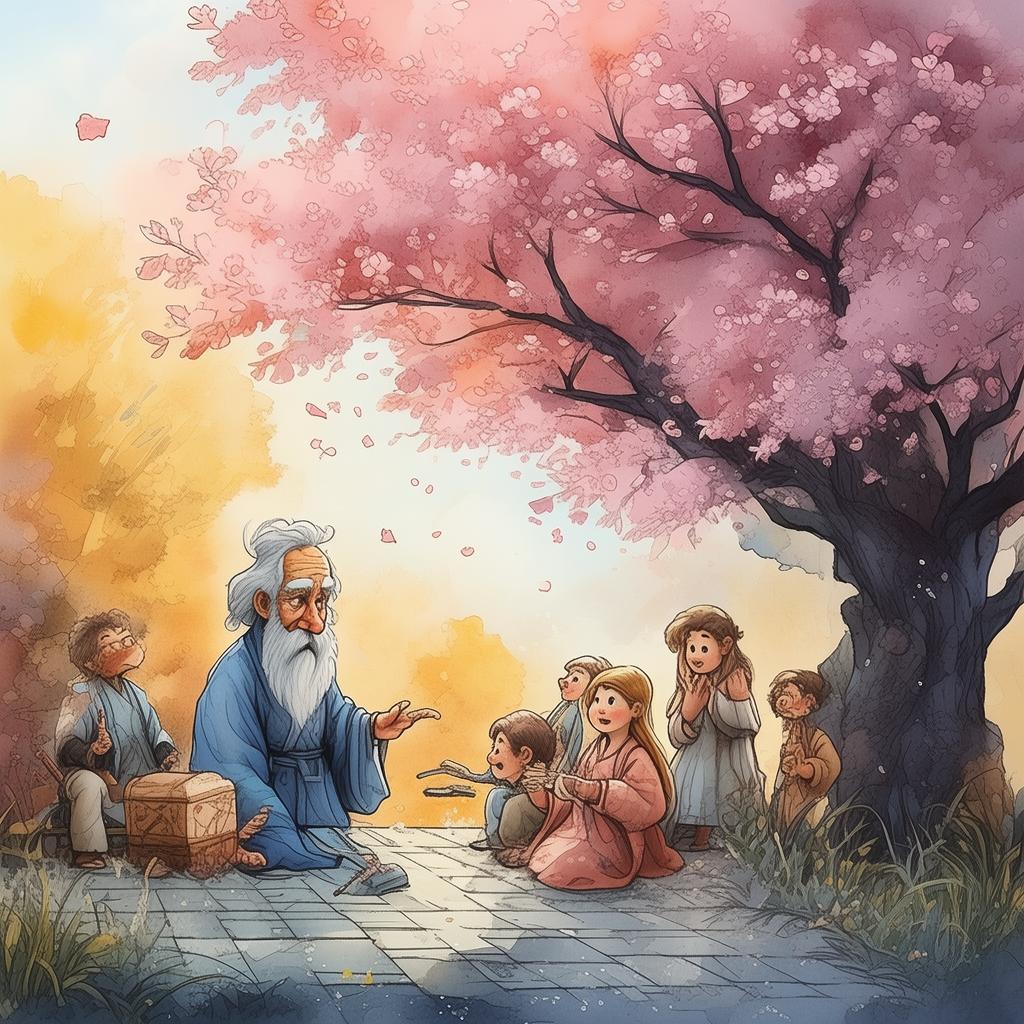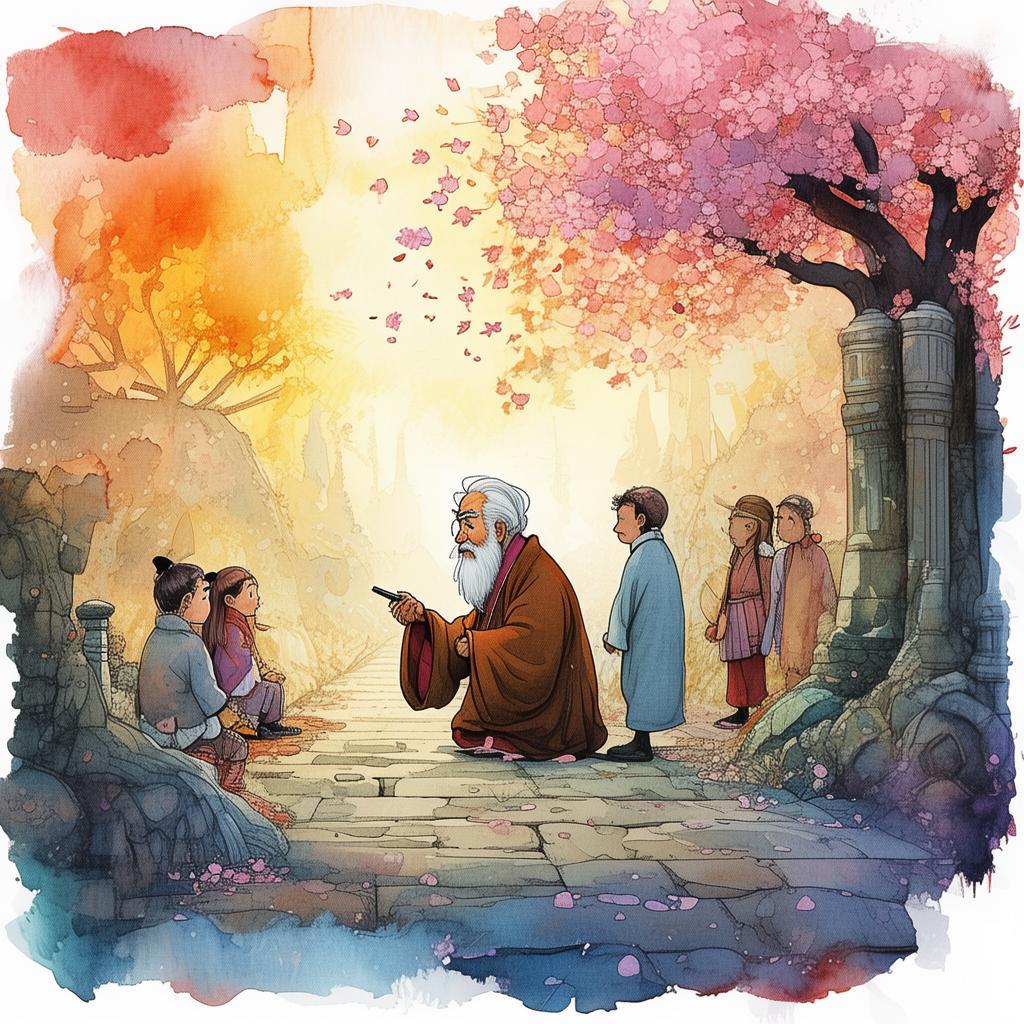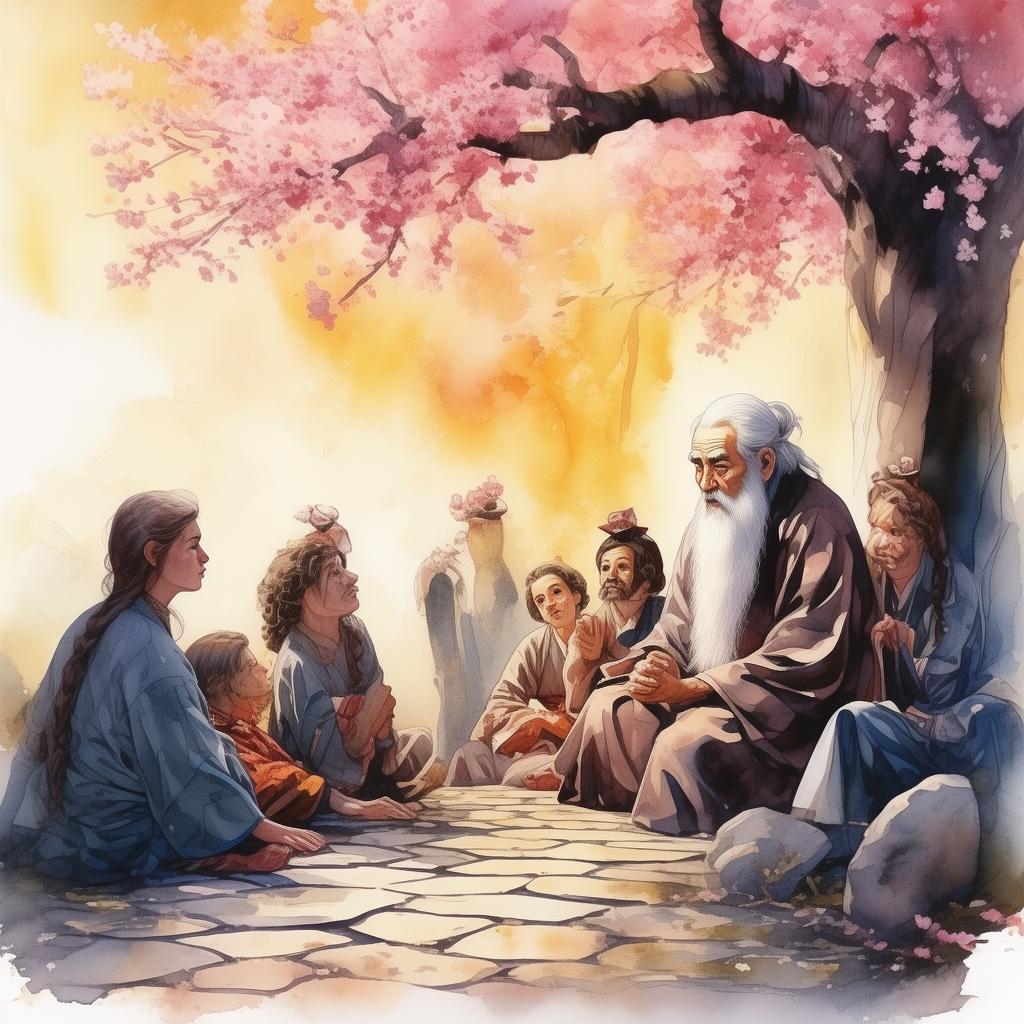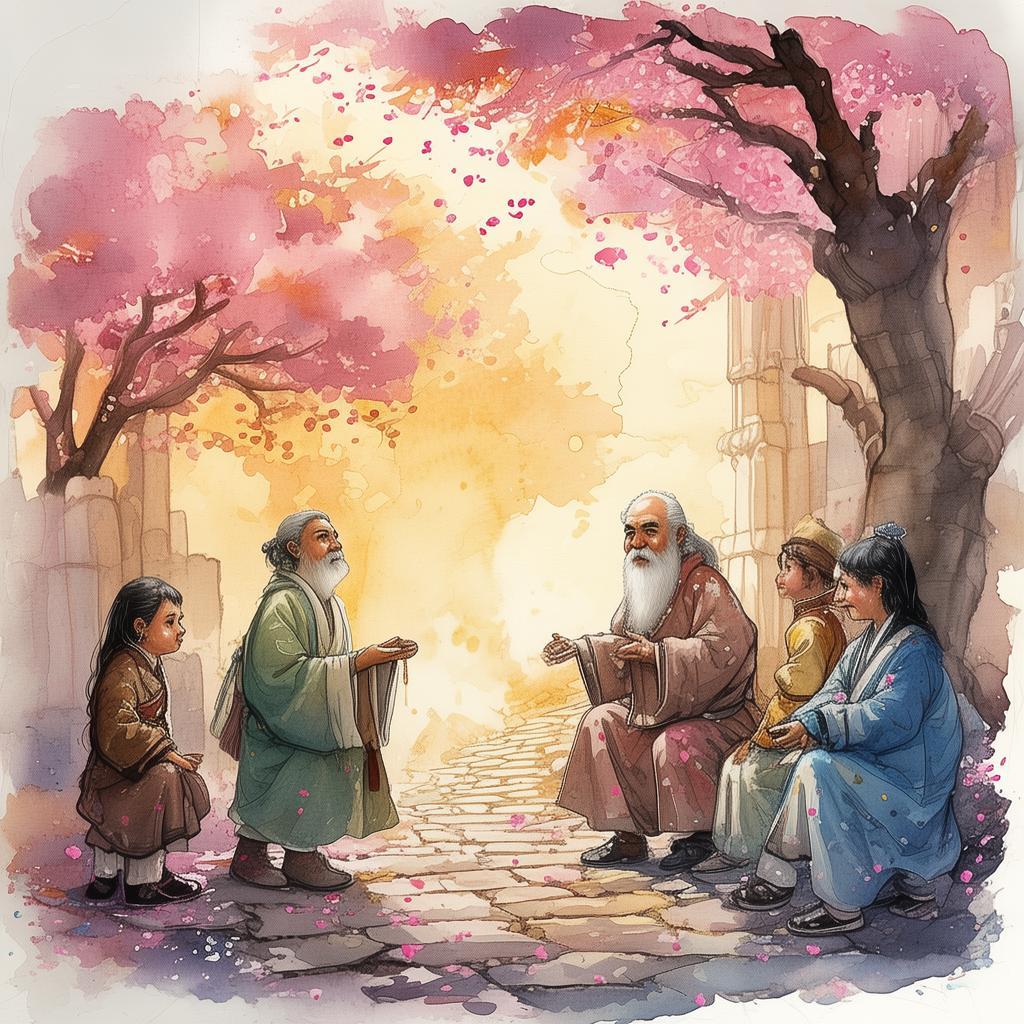Hexagram's Harmony: The Patient's Pursuit
In the heart of ancient China, there stood a majestic temple, known as the Hexagonal Temple. It was a place of deep spiritual significance, where the mysteries of the universe were believed to be revealed. The temple was adorned with intricate carvings, each one a testament to the wisdom of the ancients. Among these carvings, the most revered was the Six-Pronged Hexagram, a symbol of balance and harmony.
One crisp autumn morning, a young scholar named Ming arrived at the Hexagonal Temple. His journey had been long and arduous, driven by a desire to understand the world and his place within it. Ming had heard tales of the temple's wisdom, and he sought to uncover the secrets that lay hidden within its walls.
As Ming wandered through the temple, he came upon a serene chamber adorned with a large, intricate hexagram. The hexagram was composed of six lines, each one representing a different aspect of life. Ming knew that this was the place where he could find the answers he sought.
The chamber was silent, save for the gentle hum of the wind outside. Ming approached the hexagram, feeling a strange sense of calm wash over him. He reached out to touch the lines, and as he did, a voice echoed in his mind.
"The hexagram speaks of balance, Ming. Each line represents a different aspect of life, and it is only when these aspects are in harmony that true understanding can be achieved."
Ming listened intently, his mind racing with questions. He turned to the voice, which seemed to emanate from the hexagram itself.
"And what of the Six-Pronged Hexagram?" he asked.
"The six lines," the voice replied, "are like the six prongs of a compass, pointing us in the direction of wisdom. But wisdom is not found in following a single path. It is found in the balance between all paths."

Ming pondered the voice's words, realizing that his own life was a tapestry of different experiences and emotions. He had sought enlightenment through study, but perhaps there was more to life than books and knowledge.
The voice continued, "The patient is not one who waits idly, but one who understands that true wisdom comes from the journey, not the destination. It is in the process of seeking that we learn."
Ming nodded, understanding that patience was not about waiting for answers to come to him, but about the journey of discovery. He realized that the temple, and the hexagram within it, were not just symbols of wisdom, but reminders of the importance of the journey itself.
As he left the chamber, Ming felt a newfound sense of purpose. He knew that his quest for knowledge would continue, but now he understood that the true wisdom lay in the process of seeking, in the patience to let life unfold as it should.
Days turned into weeks as Ming wandered through the temple, living among the monks and scholars. He learned of the ancient proverbs that guided the lives of those who had walked these paths before him. Each proverb was a lesson, a reflection of the balance and harmony that the hexagram represented.
One day, Ming encountered an old monk who had spent his entire life studying the hexagram. The monk, wise and serene, looked at Ming and said, "You have come to the right place, Ming. But remember, the hexagram is not a destination; it is a guide. The true wisdom lies in how you apply its teachings to your life."
Ming listened, his heart swelling with gratitude. He realized that the temple, the hexagram, and the proverbs were not just tools for understanding the world, but mirrors reflecting his own inner journey.
As the seasons changed, Ming left the Hexagonal Temple, carrying with him the wisdom he had gained. He returned to his village, where he shared his knowledge with the people, teaching them the importance of balance and harmony in their lives.
The villagers listened, and as they did, they began to see the world in a new light. They learned to embrace the journey of life, understanding that patience was not about waiting, but about the process of growth and discovery.
Ming's story spread far and wide, and soon the villagers were known for their wisdom and patience. The Hexagonal Temple, with its Six-Pronged Hexagram, became a place of pilgrimage, a beacon of hope and enlightenment for those seeking the balance and harmony that Ming had found.
And so, the story of Ming and the Hexagram's Harmony became a legend, a testament to the power of patience and the wisdom found in the journey of life.
✨ Original Statement ✨
All articles published on this website (including but not limited to text, images, videos, and other content) are original or authorized for reposting and are protected by relevant laws. Without the explicit written permission of this website, no individual or organization may copy, modify, repost, or use the content for commercial purposes.
If you need to quote or cooperate, please contact this site for authorization. We reserve the right to pursue legal responsibility for any unauthorized use.
Hereby declared.

